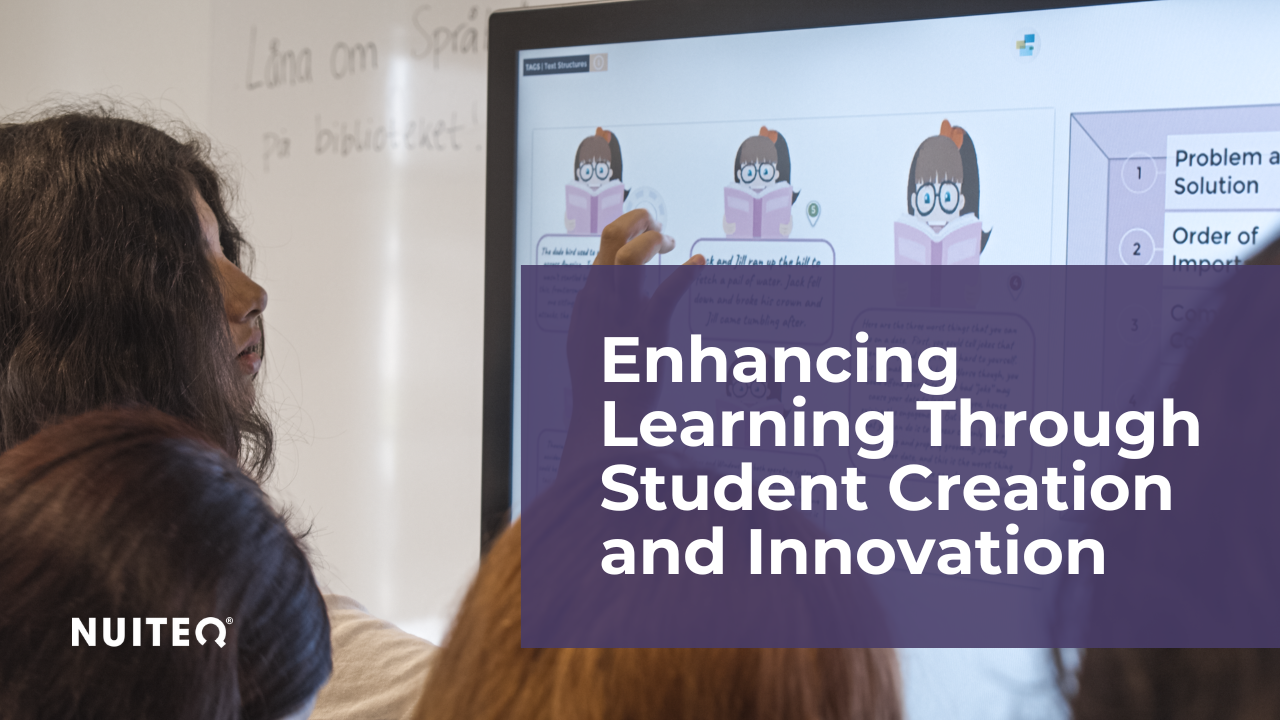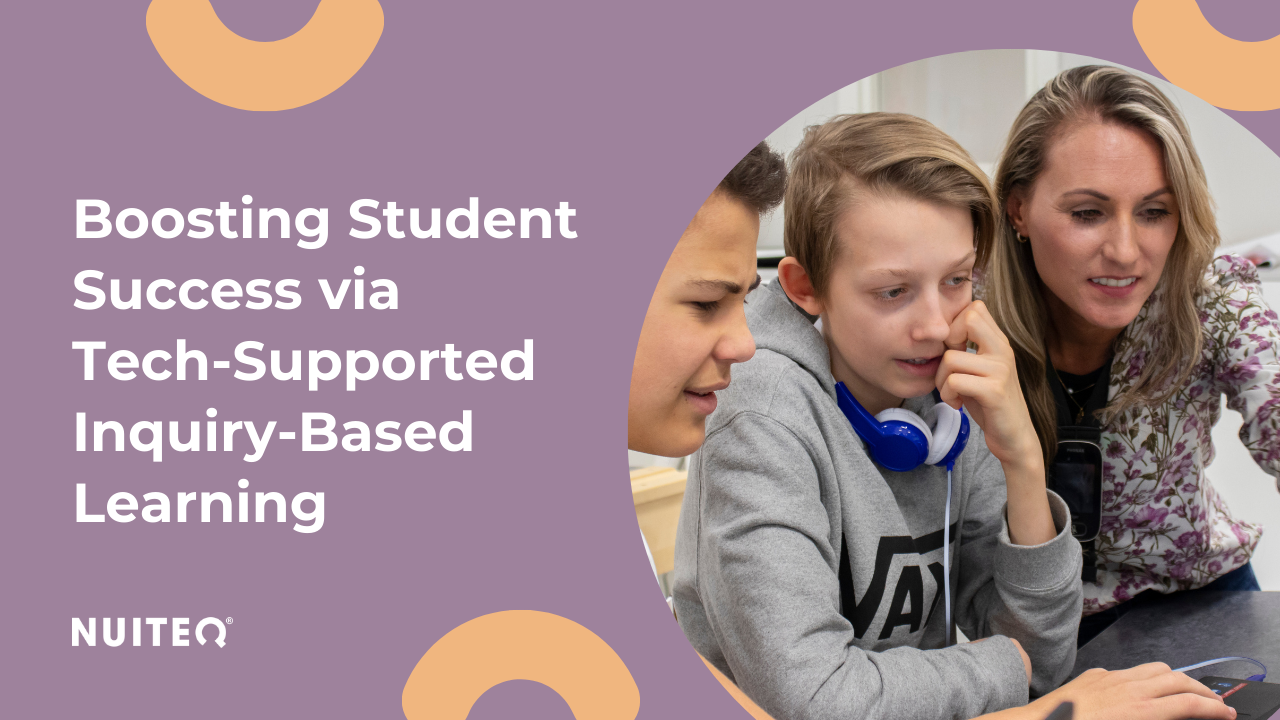Mental health is a complex matter which can be affected by many different factors. In a study carried out recently by the Swedish Public Health Agency, some of these factors were identified and examined. Internalized mental health problems were found to have increased among teenagers since the 90s. Such problems are mainly psychosomatic, and they can range from light anxiety to self-destructive behavior.
Most factors the study covered (such as parental style and the family’s socioeconomic standing) did not show a clear connection to the increase of mental health issues, as they have remained relatively unchanged since the 90s. Technology, which is considered by many to be the culprit when it comes to the mental health problems a lot of teenagers face, was not found to have had the impact that skeptics predicted. Research has shown both positive and negative effects on the mental health of teenagers who use social media on their phones and computers. In other words, the jury is still out on whether screen time is a cause of this particular problem.
One factor that did show a clear connection to students’ well-being was school. Schools play a significant role in teenagers’ well-being. This is not surprising, considering that students spend a considerable part of their lives there, and that school is so meaningful for their future. This future is becoming increasingly difficult to predict as technology advances rapidly and creates new challenges. The job market has undergone some significant changes as a result of this technological progress; old jobs disappear and new ones are created at a speed that makes it hard for schools to keep up and set students up for success. The skills that are necessary to adapt to the new reality might not be the traditional, vocational skills schools have focused on historically, but those that make it easier for students to meet this uncertain future successfully: the ability to be flexible, to be a lifelong learner, to think critically and collaborate, to communicate across borders and to display creativity both in the way they express themselves but also in the way they seek out information.
 Photo by mh cheraghi from Pexels.
Photo by mh cheraghi from Pexels.
Many students don’t feel that they are emotionally equipped to deal with this uncertain future; the educational demands that are placed on them from an increasingly earlier age as well as the school results that, according to PISA, have gotten worse in recent years, also make it difficult for them to navigate a time in life that is strenuous by default. Research suggests that a perceived lack of self-efficacy in combination with having a strong external locus of control can be linked to stress and higher instances of illness. In other words, if someone feels that they do not have the capacity to deal with a situation and that things are out of their control, they are more likely to experience stress. Stress, which in small doses is necessary as a driving force to act, can be very damaging to both our mental and physical health if it is perceived as overwhelming.
How can we, who work within or alongside the education field, support students who feel that they cannot respond adequately to the demands placed on them by society? How can we create conditions that help students thrive and that prevent the occurrence of mental health difficulties?

Photo by Oladimeji Ajegbile from Pexels.
On an organizational level, the Swedish Public Health Agency suggests strengthening the educational system in order to create a better, safer, fairer school environment and improve student outcomes. In other words, schools have to receive funds, resources and tools so that they can help prepare students for the future and achieve what is expected of them. A challenge the Swedish educational system is currently facing, for instance, is a lack of qualified teachers. This challenge affects small schools in rural areas the most. The solution that is currently being considered is distance learning, with one teacher teaching students in different areas online while having teaching assistants present to support students in person. This is an important step toward providing equal educational opportunities to all students, no matter where they live.
This tool allows you to send students assessment or practice assignments online.
On a teacher level, we need to help students feel empowered and that they are in control of their learning. First, they must acquire the skills they need in order to be prepared for any challenges the future job market has in store for them. As mentioned above, the current way of seeing school as a static, immovable library of knowledge which is to be delivered as-is to a passive group of students should be replaced by an approach that considers learning as a fluid, dynamic, lifelong procedure. Understanding how we learn and which steps are necessary to take to acquire knowledge will be one of the most important skills to have in the future. These skills will give students the confidence some of them currently lack to tackle any future challenges.

Photo by mentatdgt from Pexels.
We also need to help students feel that they are in charge of their learning and that they are able to respond to the demands schools place on them. The active learning approach to education is a way to do just that. By getting students more involved in the acquisition of their knowledge, by moving away from the teacher-centered method of teaching and more toward flipped classrooms, by encouraging collaboration and communication between students, we can promote a sense of ownership in them with regards to their education. With more student engagement come greater chances at absorbing and gaining a deeper understanding of the knowledge that is needed to meet the educational requirements.
The increase of internalized mental health issues among teenagers is a worrisome trend that should not be taken lightly. Schools have an important role to play in teenagers’ well-being. In order to be able to deal with this responsibility, schools must be given the support they need to create an equal, fair educational environment that prepares students for the future, while giving them a safe space to take ownership over their education.

 3-in-1 Mic
3-in-1 Mic










